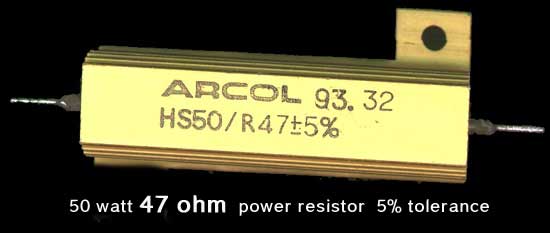 |
resistors
|
|
||||||||||||
|
|
||||||||||||||
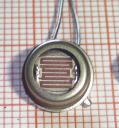 The
photon sensitive CdS photoresistor is a very common component for
sensing light levels in automated lighting systems. The
photon sensitive CdS photoresistor is a very common component for
sensing light levels in automated lighting systems.As light intensity increases on the cadmium sulphide element the resistance drops. In a sense this device acts much like a variable resistor that is activated by light. You have probably seen them on night lights
in the home or in industrial units that you have installed. |
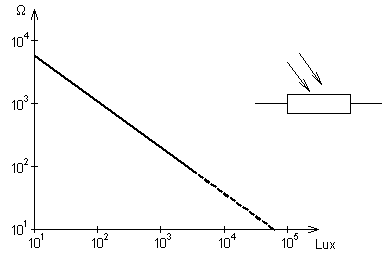 RESISTANCE VS. LIGHT INTENSITY (CdS RESISTOR) Notice that when light intensity increases the resistance decreases. |
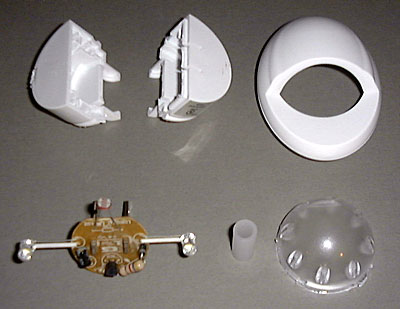 |
Can you spot the CdS cell in this night light? |
|
Resistor
Colour Code Calculator |
2 |
3 |
|
Try a few examples until you get the feel of how the colour code works. |
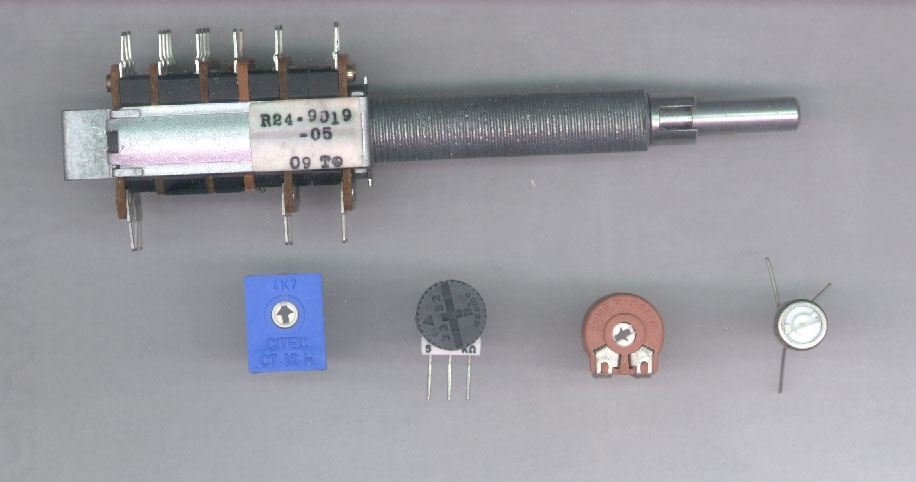 |
|
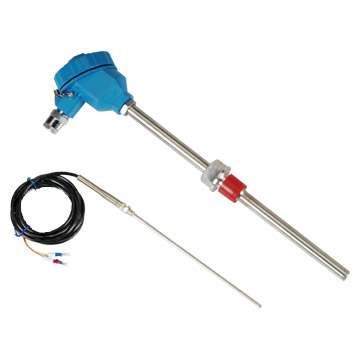 Thermal
resistors change resistance as the temperature changes. Thermal
resistors change resistance as the temperature changes.Resistance can signal temperature to a control system Resistance usually increases with increases in temperature. Maybe your microwave oven has a thermistor probe to help to help determine the internal temperature of cooking food. |
|



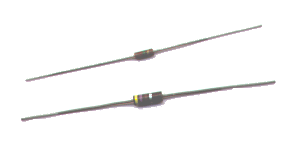


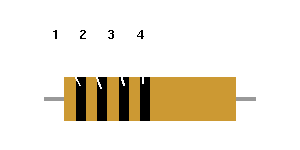
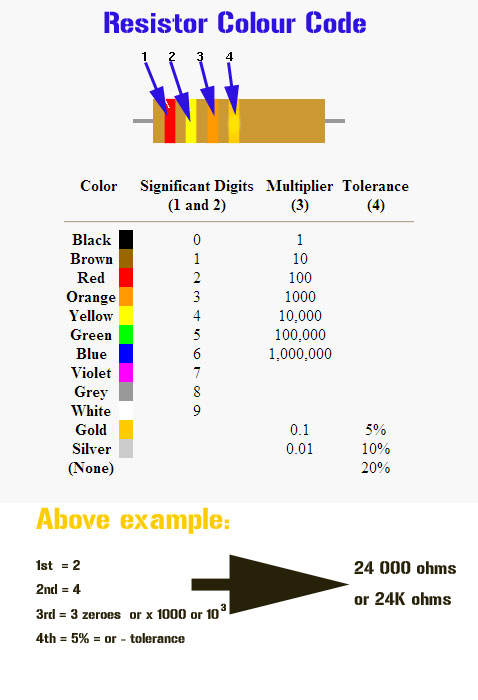
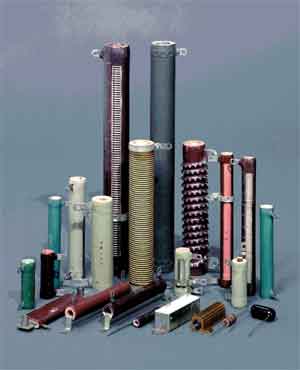
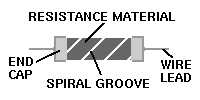

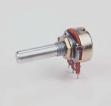 Variable
resistors are used in electronic circuits that control varying light
speed temperature etc. levels. They function as voltages dividers in
most circuits.
Variable
resistors are used in electronic circuits that control varying light
speed temperature etc. levels. They function as voltages dividers in
most circuits. 

